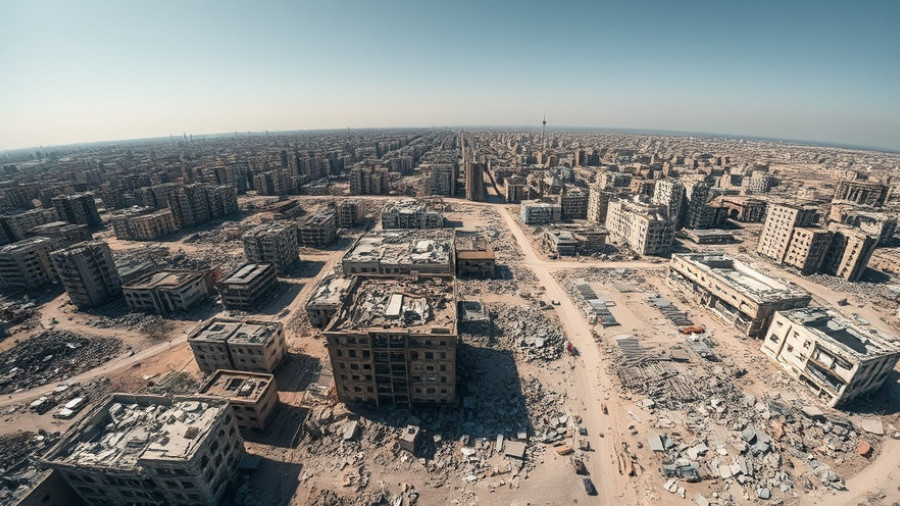
Understanding the U.S. Role in the Gaza Ceasefire
In the wake of escalating tensions and violence in the Gaza Strip, the United States has stepped up its involvement in overseeing the ceasefire between Israel and Hamas. Following a visit by former President Donald Trump, an array of senior American officials has made their way to the region to support the fragile peace efforts. Amidst the backdrop of complex geopolitical dynamics, President Trump’s administration has emphasized the importance of American oversight to foster stability.
What is the Civil-Military Coordination Center?
Integral to this oversight framework is the establishment of the Civil-Military Coordination Center (CMCC), led by Ambassador Steven Fagin. This newly created hub is situated in Israel and is tasked with ensuring compliance with the ceasefire, managing the delivery of humanitarian aid, and overseeing logistical operations within Gaza. With the participation of the UK, Qatar, and Egypt, the CMCC embodies a broader international commitment to stabilize the region and support humanitarian efforts.
Examining the Involvement of International Partners
The CMCC is not working in isolation; it boasts contributions from various nations, including anticipated support from the UAE, Germany, Turkey, and Jordan. Secretary of State Marco Rubio has emphasized the importance of having contributing nations that are acceptable to Israel. This highlights the intricate nature of international relations in the region, as any future international security forces will have to navigate Israeli concerns regarding collaboration with groups seen as adversaries, like Hamas.
Challenges Facing the Ceasefire Implementation
The ongoing challenges of delivering aid and maintaining security in Gaza cannot be understated. As violence persists sporadically, the need for a unified, effective monitoring mechanism is more crucial than ever. The CMCC aims to address these issues; however, cooperation among diverse international actors and the intricate nature of local politics complicates the cessation effort. The hope is that through sustained collaboration, a pathway to lasting peace can be forged.
Possible Future Developments
Looking ahead, the international community’s continued involvement may be vital to the stability of Gaza. As the situation evolves, there could be shifts in international dynamics, potentially leading to expanded roles for additional countries in the humanitarian and security efforts. A stable and secure Gaza would not only benefit its inhabitants but could also reshape international perceptions and relations within the region.
How This Affects Humanitarian Efforts
The ceasefire and the activities of the CMCC imply a structured approach towards delivering humanitarian aid to those affected. With the U.S. and its allies emphasizing a coordinated effort, there is optimism that more efficient strategies will emerge to support the millions of Palestinians in need. This underscores the significant role that international diplomacy plays in uplifting vulnerable populations amid conflict.
Conclusion: The Importance of Engaging with the Issue
As globally conscious individuals, reflecting on the complexities surrounding the Gaza ceasefire is crucial. Understanding how the U.S. and its partners are navigating this turbulent landscape enables advocates for peace and humanitarian support to engage more effectively with these critical issues. In times like these, advocacy and informed dialogues are essential for fostering peace and justice for all involved.
 Add Row
Add Row  Add
Add 








Write A Comment